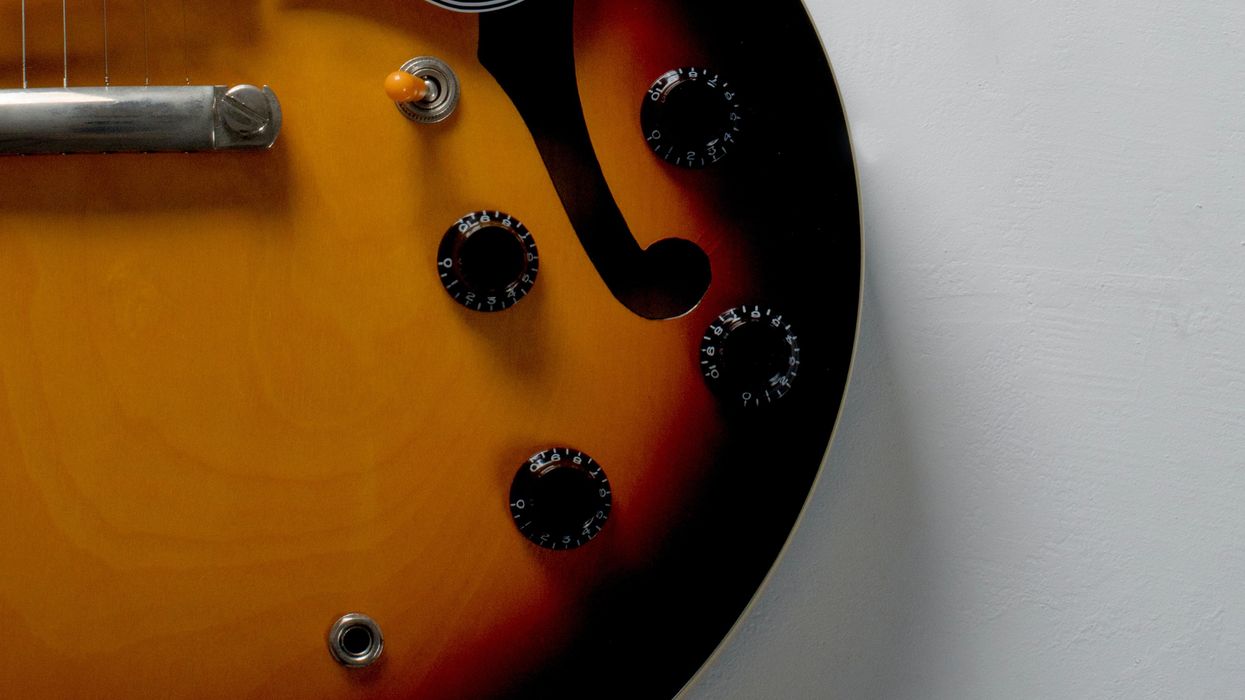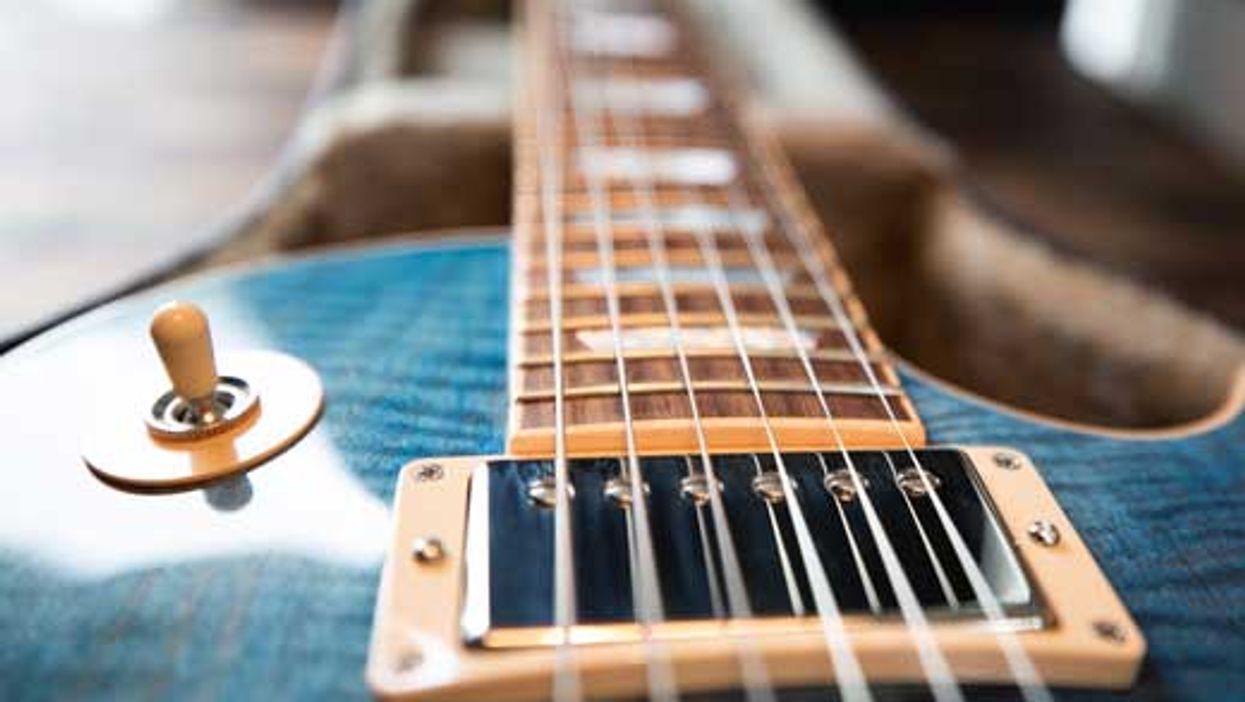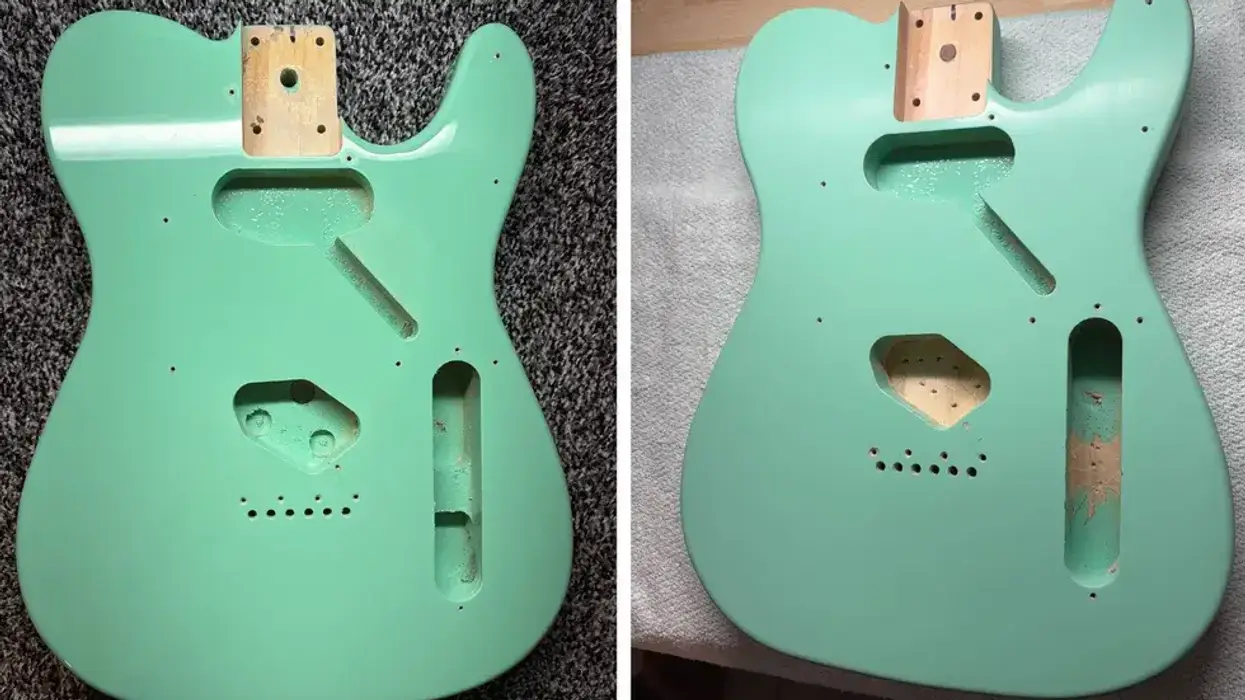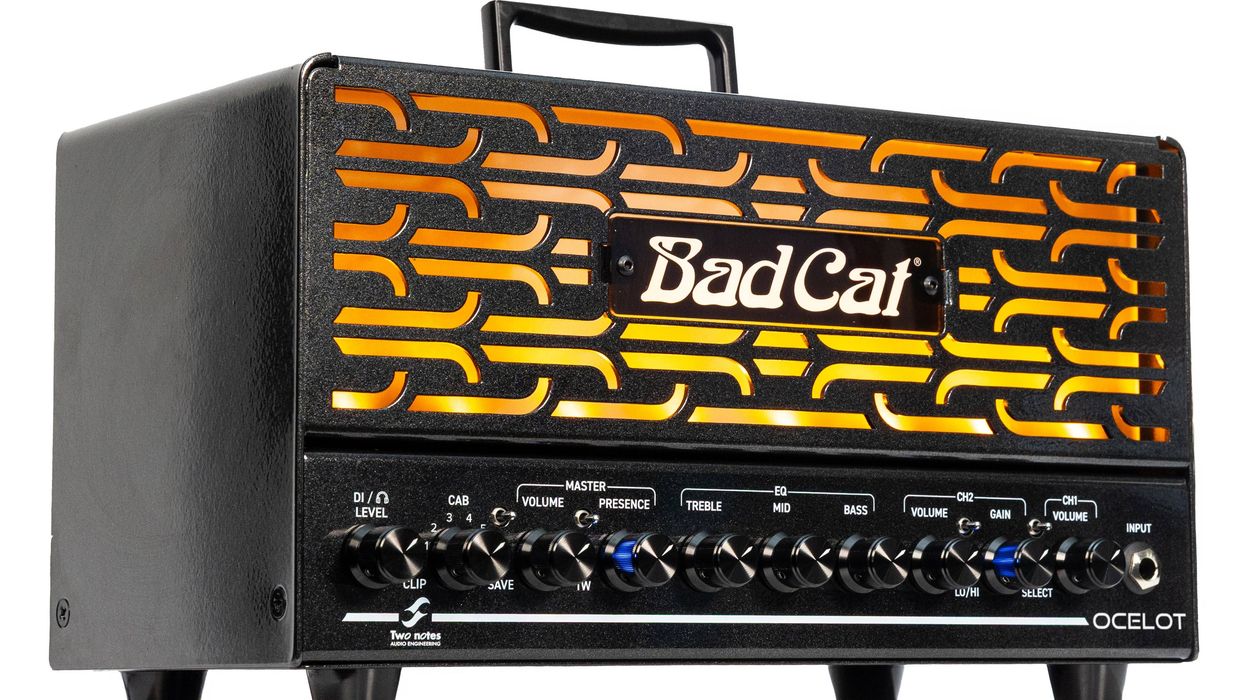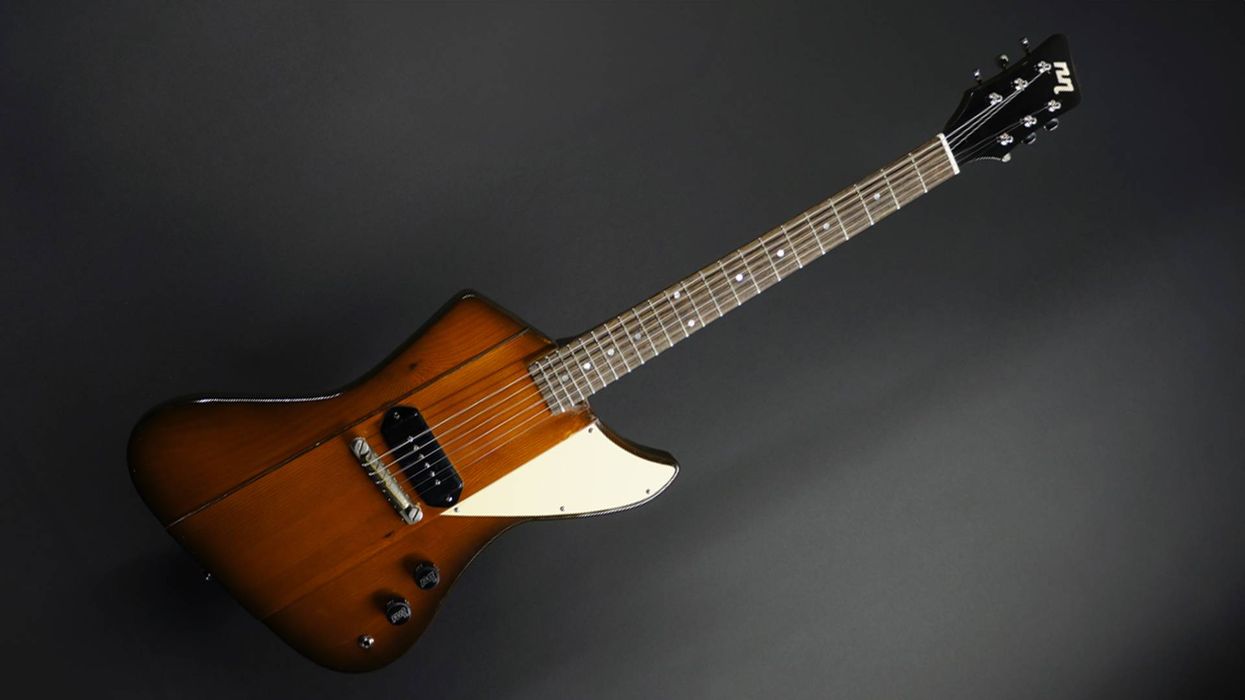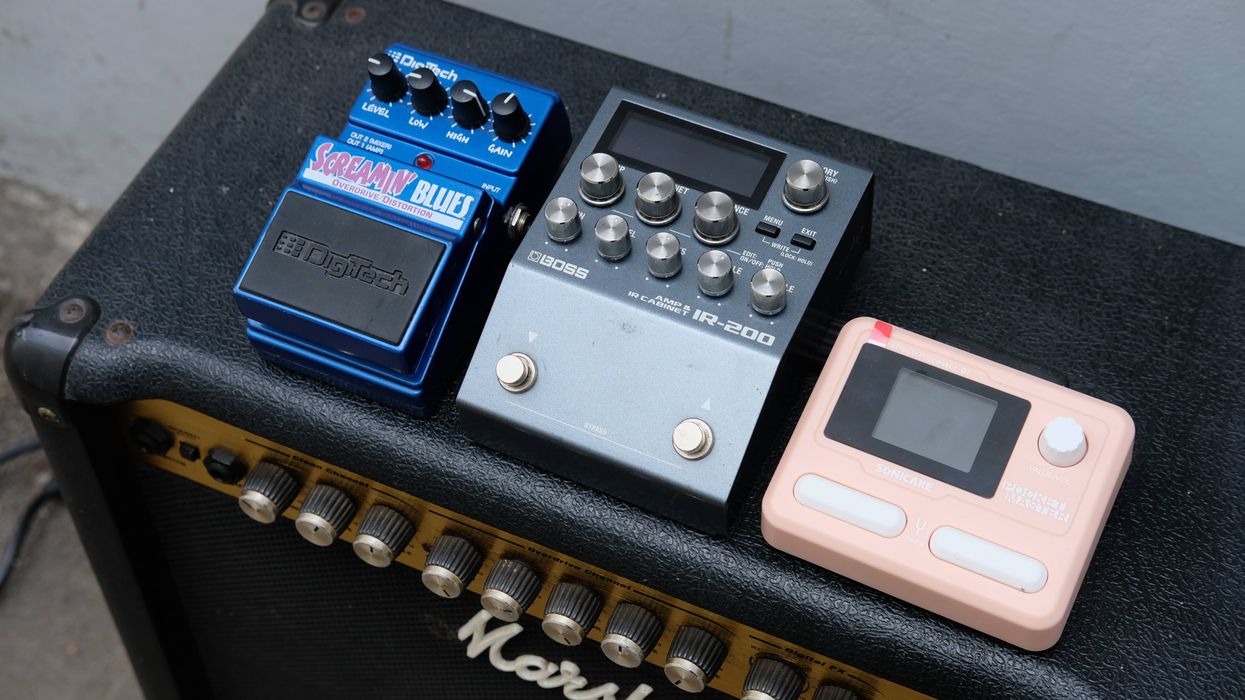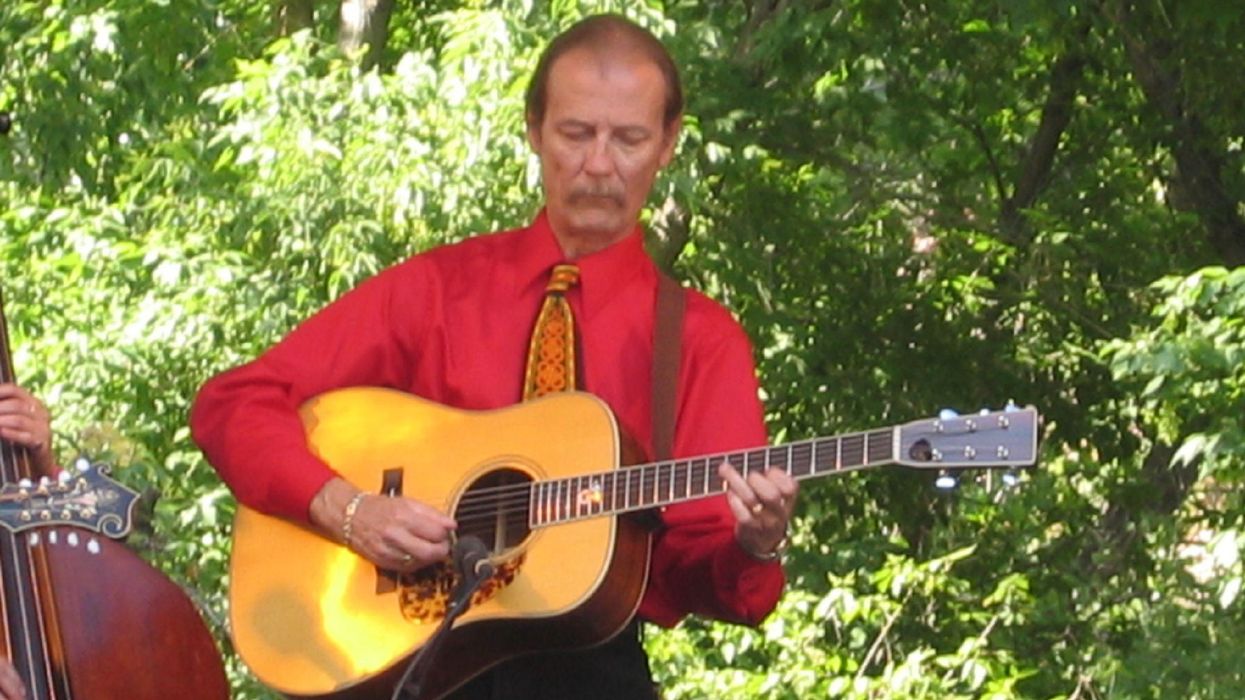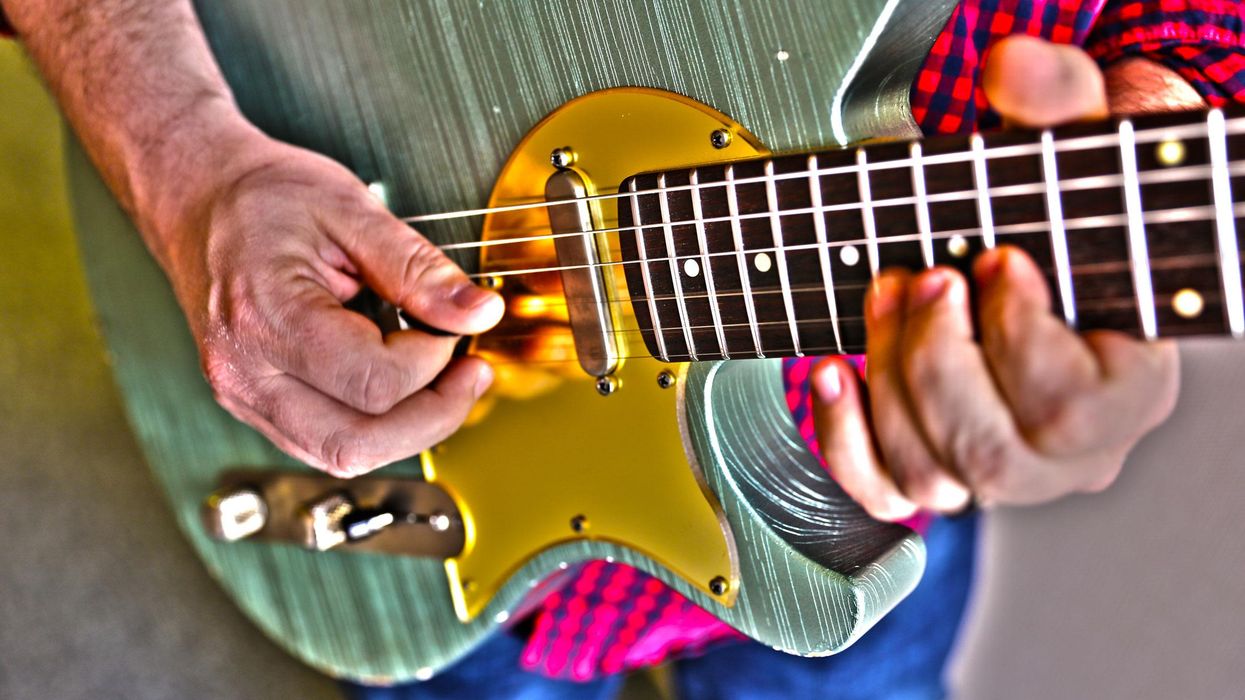Structure
When it comes to creating an iconic guitar solo from scratch, structure is everything. Though the three classic solos named above are wildly different in tone, style, and nearly everything else, one thing they all have in common is a clear, concise structure. Structure can be dictated by a number of factors. For instance, the structure of your solo could be dictated by the form of the song itself. If the form in the accompaniment changes as your solo progresses, as it does in countless songs (including one of my all-time favorite solos, George Harrison’s lead on “Something”), the structure is pretty much laid out for you. It’s just a matter of letting the song take its course and following along.
On the opposite end of the spectrum, if you are simply playing over a loop of a single riff or chord progression, the structure of your lead then falls entirely on your shoulders. How do you create a sense of structure where there is none?
Motivic Development
The cornerstone of melodic writing is the motif, which is defined as a brief melodic or rhythmic idea used as the basis for a larger musical composition. When soloing, having a motif to develop over the course of your solo—or even just having one to fall back on after you melodically deviate from it—can come in very handy. By using a motif (or even several motifs), you immediately ground your lead and give the listener something familiar to recognize and latch onto. To be an effective and melodic soloist, it’s important to know how to skillfully develop a motif. Ex. 1 shows a solo over a 12-bar blues in the key of A, starting with a simple motif. Over the rest of the solo this motif is developed in several variations that get progressively complex.
You can also leave motifs as musical breadcrumbs—little ideas that pop in and out, with or without variations, to provide a sense of unity to a solo that is otherwise through-composed, or played without depending on motivic development. A great example of this approach is David Gilmour’s iconic “Comfortably Numb” solo, which features several pentatonic motifs with slight variations in the course of awe-inspiring through-composed blues phrasing. Ex. 2 is based around the chord progression from “Comfortably Numb” in the key of B minor. A simple pentatonic motif is introduced in the first measure, then is reintroduced and built upon in measure four. The rest of the solo between this motif and its variations is through-composed, à la Gilmour’s breathtaking lead.
Articulation
When we think of melody, we typically think of the human voice as the instrument of choice. So naturally, a great place to start when learning to solo more melodically is to understand how vocalists interpret melody. Vocalists practically never hit a note straight on with no inflection. Good vocalists know how to embellish a melody through articulation. Great vocalists know how to control every aspect of every note to get the most out of it. To be a better, more melodic soloist, you need that kind of control.
The way you play a note is as important as the note itself. Therefore, it’s always a good idea to practice articulating your phrases in as many ways as your hands can conjure. For guitarists, this means incorporating techniques like string bends, slides, hammer-ons, pull-offs, and vibrato. Ex. 3 shows a simple A major pentatonic (A–B–C#–E–F#) melodic phrase, first played without any articulation, then reinterpreted several times using a variety of articulations. Because the way these notes are played is completely different in every case, each lick has a slightly different flavor. Try this with any lick in your arsenal. Use these articulations in as many ways as you can dream up. Be creative.
The Final Frontier
Space is often the unsung hero of great leads. Brief stretches of musical silence not only emphasize the phrases that immediately precede them—thus giving listeners a chance to process what they’ve just heard—but they create anticipation for what is to come next. Many guitarists (myself included, until I came to the above realization) try to fill their solos with as many ideas as they can, leaving absolutely no room to breathe. This everything-but-the-kitchen-sink approach often leaves listeners cold because they’re never given a chance to process what they’re hearing. I liken it to listening to someone speak who doesn’t know how to end a sentence or stop to take a breath. You’re quickly going to lose the thread of what they are saying, and eventually you’re going to stop caring about what they had to say in the first place.
Guitarists are notoriously afraid of silence. When I was struggling with this problem in my musical adolescence, I was afraid that listeners would think I was running out of ideas if I wasn’t playing something at any given moment. But on the contrary, incorporating space into your leads shows that you have supreme confidence in your playing and musical choices.
The Arc of Your Lead
Think of your solo as a story you want to tell. Every good story needs a beginning, a middle, and an end. A great solo is bound by the same rules. You need a starting point, some rising action, a climax, and ultimately a conclusion. This boils down to movement. If your lead languishes in the same place for too long, you risk losing the listener’s interest, so you have to build momentum in your solo.
There are a number of ways to do this, including speeding up the rhythm of your phrasing and guiding your phrases up or down the neck. A common arc in great solos finds the player gradually working up from a low point to a high point, either in terms of pitch, complexity, or rhythm, or some mix of the three. Jimmy Page’s “Stairway to Heaven” solo is a perfect example of this. He starts the solo in 5th position, briefly moves up the fretboard, then back down, then a little further up, back down, and so on in that fashion, inching his way up the neck a little further each time until he makes the triumphant leap up to the 17th position for that iconic 16th-note-triplet pull-off lick to finish it out. I’m pumped up just thinking about it!
If you were to transcribe Page’s solo and draw one continuous line through each and every notehead, the line would move up and down in a wave-like fashion, showing lots of melodic interest when you zoom in on any given measure. But if you zoom out and look at the lead as a whole, you would see the arc of the entire lead starts low, works its way up and up, fakes you out for a second by dipping down right before its climax, and then jumps to its ultimate peak. I honestly can’t think of a more impeccable command of compositional structure in all guitardom than Jimmy Page’s solo on “Stairway to Heaven.”
If you keep all these things in mind, you’ll be cooking up stellar leads worthy of your guitar heroes in no time!


